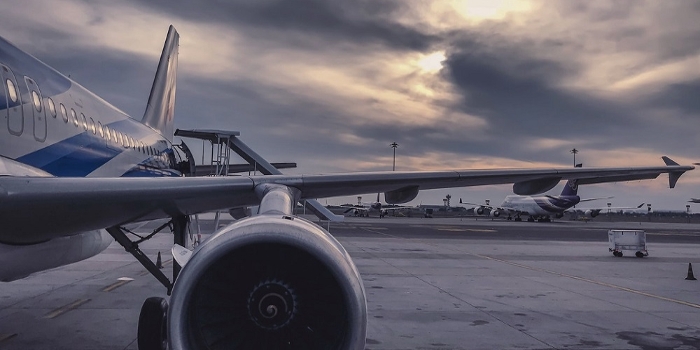Integrated optimization of terminal maneuvering area and airport at the macroscopic level
Article
Airports and surrounding airspaces are limited in terms of capacity and represent the major bottlenecks of the air traffic management system. This paper addresses the problems of terminal airspace management and airport congestion management at the macroscopic level through the integrated control of arrivals and departures. Conflict detection and resolution methods are applied to a predefined terminal route structure.
Different airside components are modeled using network abstraction. Speed, arrival and departure times, and runway assignment are managed by using an optimization method. An adapted simulated annealing heuristic combined with a time decomposition approach is proposed to solve the corresponding problem.
Computational experiments performed on case studies of Paris Charles De-Gaulle airport show some potential improvements:
First, when the airport capacity is decreased, until a certain threshold, the overload can be mitigated properly by adjusting the aircraft entry time in the Terminal Maneuvering Area and the pushback time. Second, landing and take-off runway assignments in peak hours with imbalanced runway throughputs can significantly reduce flight delays. A decrease of 37% arrival delays and 36% departure delays was reached compared to baseline case.